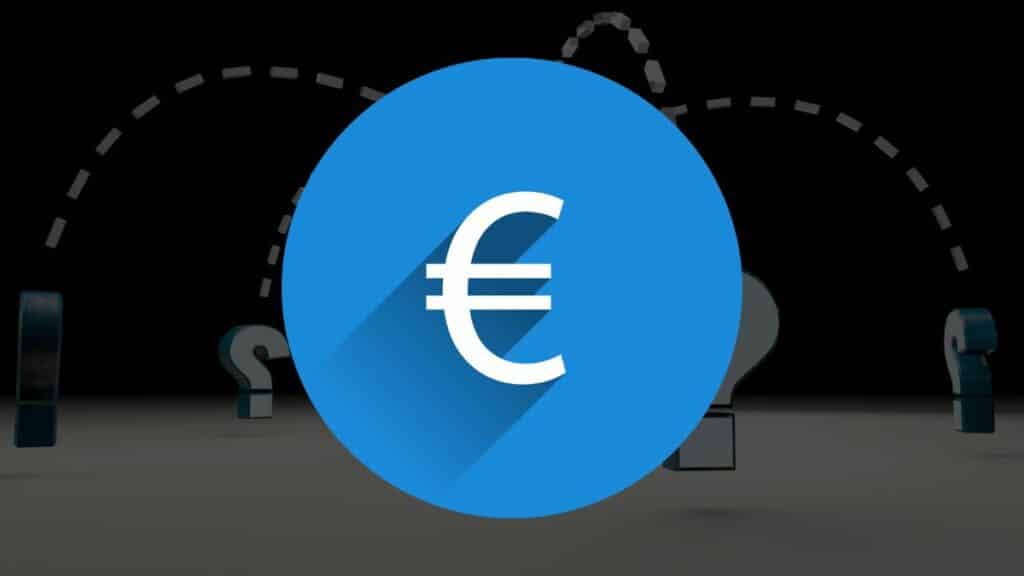The recently launched French Euro stablecoin, dubbed EURCV, has drawn criticism for its centralized nature and “worst code” assessment. These remarks have caused others to worry about the security of the coin and its possible effects on the larger cryptocurrency market.
On April 20, the French bank Societe Generale-Forge (SGF), decided to launch EUR CoinVertible (EURCV), an Ethereum-based stablecoin that is only accessible to authorized institutional clients. As reported, Societe Generale would only make EURCV available to the investors it had brought on board through its already-in-place Know Your Customer (KYC) and Anti-Money Laundering (AML) policies.
Researchers who looked at the stablecoin’s smart contract code discovered that its ERC-20 transfers require authorization from an in-house registrar before the transaction is carried out.
While some contend that centralization is required for legal compliance and monetary stability, others view it as incompatible with the decentralized ethos of blockchain technology.
Reports Reveal the Centralization Nature of the EURCV Stablecoin
On April 20, the pseudonymous smart contract engineer “alephv.eth” stated in a tweet:
“I read the code for the new Euro stablecoin, and they decided the best option was for the bank to have to do an ETH tx to process every single transfer.”
I read the code for the new Euro stablecoin and they decided the best option was for the bank to have to do an eth tx to process every single transfer….
It makes sense tbh, such a radical commitment to inefficiency in the name of regulation could only come from a French bank pic.twitter.com/OXQhqc1tbI
— alephv.eth (@alpeh_v) April 20, 2023
He added that the bank coded the stablecoin, so they have to whitelist all users, process all user transfers, and even process users’ ERC20 approvals before they process their “transferFrom.”
Moreover, he made fun of the bank, claiming that only a French bank could have such a “radical commitment” to inefficiency in the name of the regulation.

It’s “the worst code I’ve ever seen,” according to a further investigation by “foobar,” the crypto auditor and founder of the NFT project, on April 20. He called the stablecoin a “laughing stock.”
France launched a stablecoin on Ethereum and it's the worst code I've ever seen
Every ERC20 single transfer has to be approved in a separate eth tx submitted by a centralized registrar
What a laughingstock, is this your CBDC?https://t.co/hKkHiQTCyN pic.twitter.com/S6tRfh54wz
— foobar (@0xfoobar) April 20, 2023
Moreover, crypto researcher Mason Versluis, said each transfer using the Ethereum-based Euro stablecoin must be authorized in a separate ETH transaction that is submitted by a centralized registrar.
He tweeted that the code was “absolutely horrible.” He suggested,
“Keep your centralized bullshit over there; stop trying to weasel it into crypto.”
BREAKING: France launches stablecoin on #Ethereum, but every single transfer has to be approved in a separate ETH transaction submitted by a centralized registrar! 👀
Absolutely horrible. Keep your centralized bullshit over there, stop trying to weasel it into crypto.
News Via:… pic.twitter.com/mcg9fvUoSp
— MASON VERSLUIS 🏆🔮 (@MasonVersluis) April 20, 2023
Given that the coin is issued by Societe Generale-Forge, the bank’s cryptocurrency division, and that most banks are generally all about control and centralization, it’s possible that this new euro-pegged stablecoin represents yet another attempt by traditional financial institutions to restrict how people use their money.
The fact is, nobody needs peer-to-peer transactions when a bank can control everything. The world needs true decentralization and autonomy.
Meanwhile, as the crypto industry continues to evolve and mature, it will be interesting to see how traditional financial institutions adapt and incorporate these new technologies.










